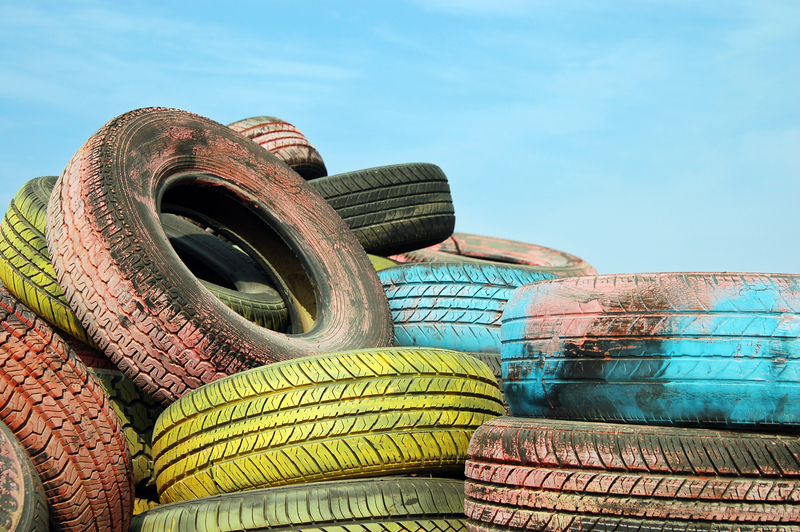Explore the World of Glass Recycling Innovations
In today's world, sustainability is more than a buzzword; it's a necessity. One sector where innovation shines brightly is in glass recycling. As consumption increases, discovering efficient ways to recycle has become essential. This article delves into the cutting-edge innovations in glass recycling, showcasing how technology and creativity are reshaping this industry.
Importance of Glass Recycling
Understanding the significance of glass recycling requires an examination of its environmental impact. Glass, unlike plastic, is 100% recyclable and does not degrade over time. This attribute makes it a key player in the push towards sustainable living.
Environmental Benefits of Glass Recycling
- Energy conservation: Recycling glass saves about 30% of the energy used to produce new glass products from raw materials.
- Reduction in landfill waste: Recycling helps divert glass products from landfills, reducing their environmental footprint.
- Conservation of natural resources: It reduces the need for raw materials like sand, soda ash, and limestone, conserving natural reserves.

Innovative Techniques in Glass Recycling
With environmental concerns at the forefront, several innovative techniques have emerged that redefine traditional glass recycling methods. Let's explore some of the groundbreaking approaches:
Automated Sorting Technologies
The introduction of automated sorting technologies has revolutionized the glass recycling process. Using advanced AI and optical sensors, these systems can efficiently separate glass by color and remove contaminants with unprecedented accuracy. This not only enhances the quality of recycled glass but also increases processing speed.
Crushed Glass Utilization
Crushed glass, known as cullet, is a valuable commodity in the recycling ecosystem. Innovations in cullet usage have led to its application in various industries:
- Concrete Production: Cullet is increasingly used in creating eco-friendly concrete, effectively replacing sand and improving durability and aesthetics.
- Asphalt Paving: Cullet-infused asphalt enhances road surfaces, providing better traction and longevity while utilizing recycled materials.
Biotechnology in Glass Recycling
In an astounding blend of nature and technology, researchers are exploring the use of biodegradable materials to clean contaminants from glass waste, allowing for more efficient recycling processes. This biotechnological approach opens new avenues in reducing industrial waste and increasing recycling efficiency.
The Role of Policy and Community in Glass Recycling
Technological innovations alone are not sufficient; policies and community initiatives play crucial roles in enhancing glass recycling efforts:
Government Initiatives
Government policies are pivotal in shaping recycling habits. Industries are given incentives for using recycled materials, while stringent regulations on glass waste disposal propel companies towards more sustainable practices. These efforts ensure continual momentum towards a circular economy.
Community Engagement
On-the-ground initiatives by local communities have significantly bolstered glass recycling rates. Public awareness campaigns and grassroots organizations have educated citizens on proper recycling practices, resulting in increased participation and responsible disposal habits.

Future Directions in Glass Recycling
As we look ahead, the future of glass recycling holds promising potential:
Nanotechnology and Glass Recycling
Nano-engineering offers exciting prospects in the recycling domain. Through the manipulation of glass at a molecular level, nanotechnology promises to enhance the strength and durability of recycled glass products, opening pathways for more extensive application.
Global Collaboration
International collaborations between governments, companies, and research institutions are contributing to standardizing glass recycling practices. By sharing best practices and technologies, these partnerships aim to address global challenges in recycling and sustainability.
Conclusion
In conclusion, the landscape of glass recycling is undergoing a remarkable transformation. Through technological advancements, innovative applications, and robust community efforts, glass recycling is becoming more efficient and beneficial for the environment. As we continue to explore and invest in these innovations, the possibilities are endless. Together, we can propel the world towards a more sustainable future.
Understanding and exploring these innovations not only benefits our environment but also strengthens our global commitment to sustainability. The journey of glass recycling is far from static; it's a dynamic evolution reflecting the human capacity for innovation and care for our planet. The world of glass recycling awaits exploration, offering insights that are crucial for addressing the environmental challenges of our time.